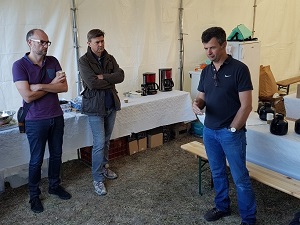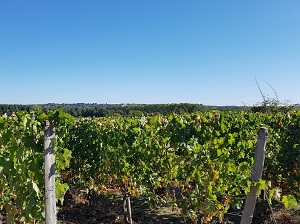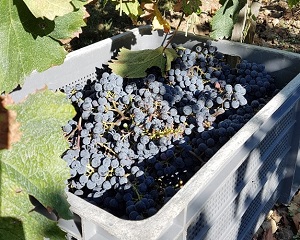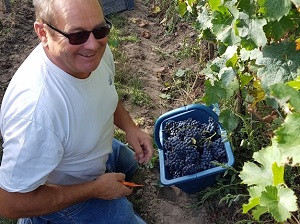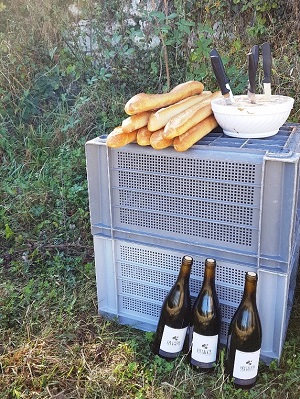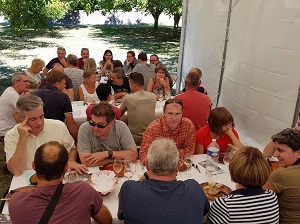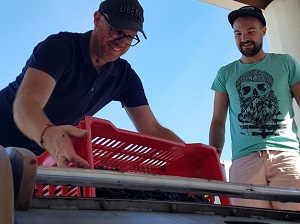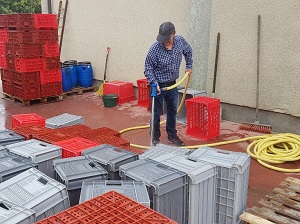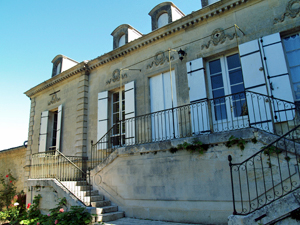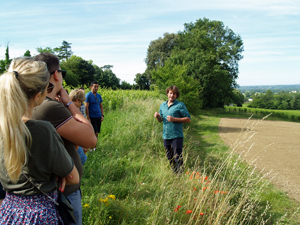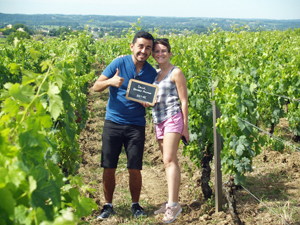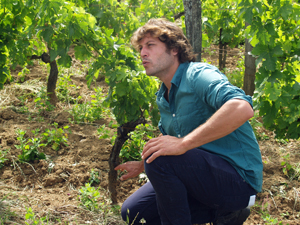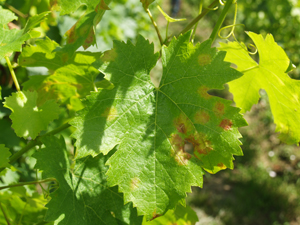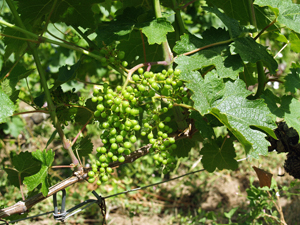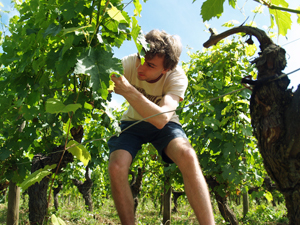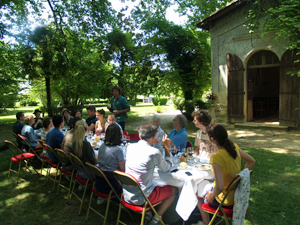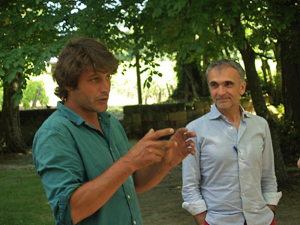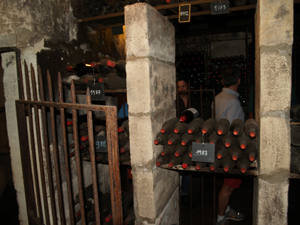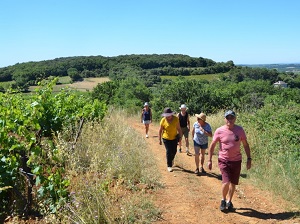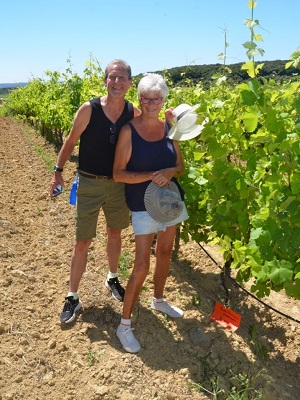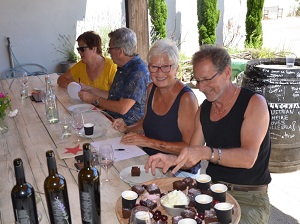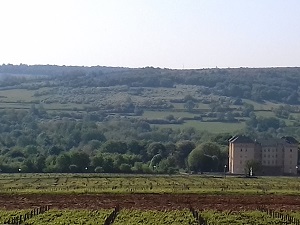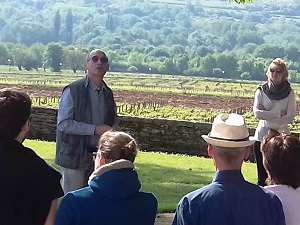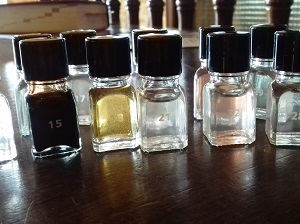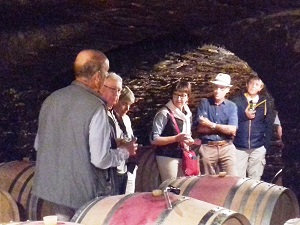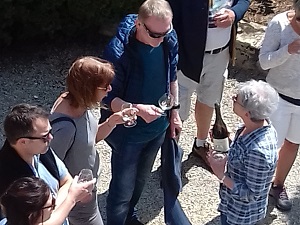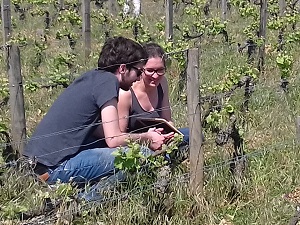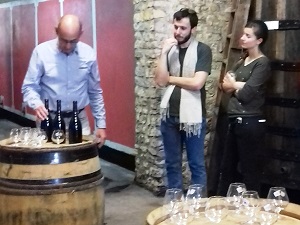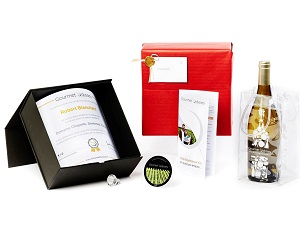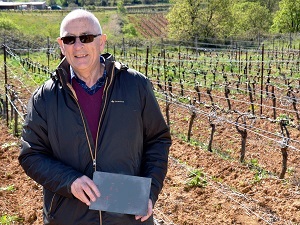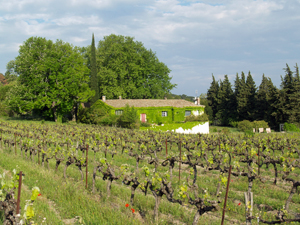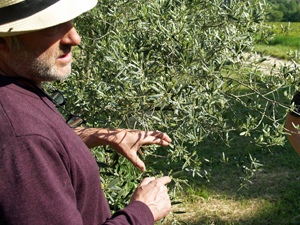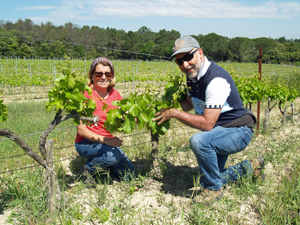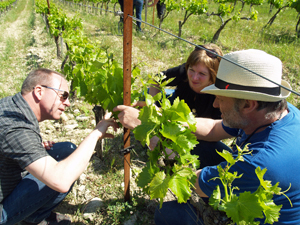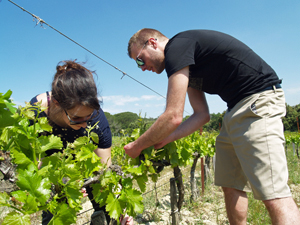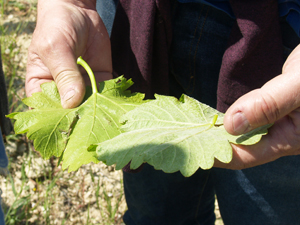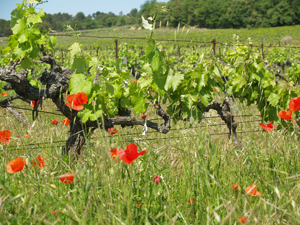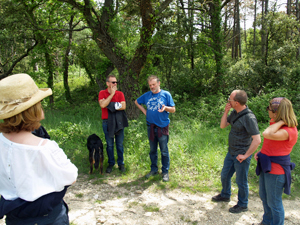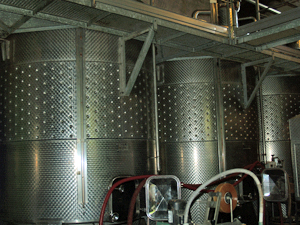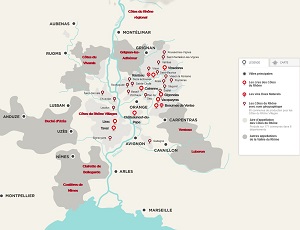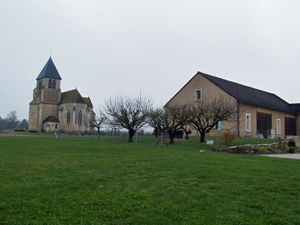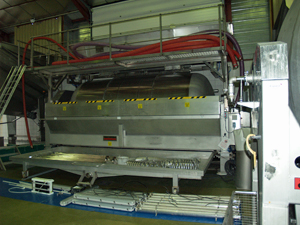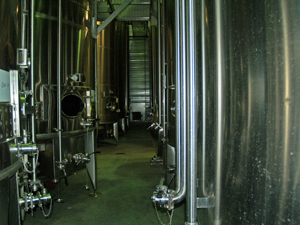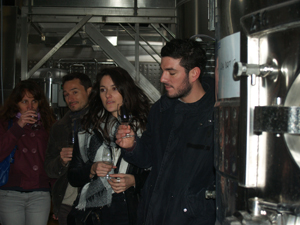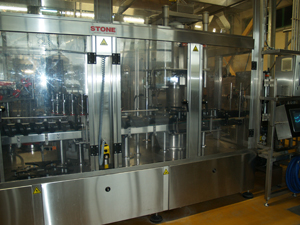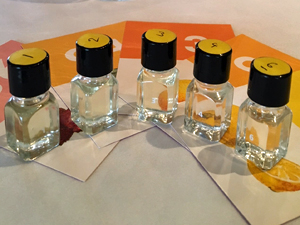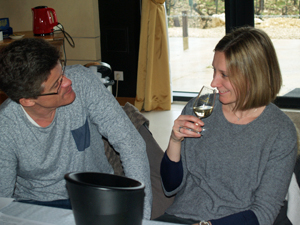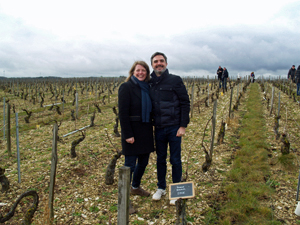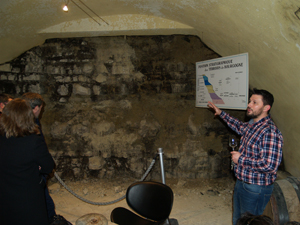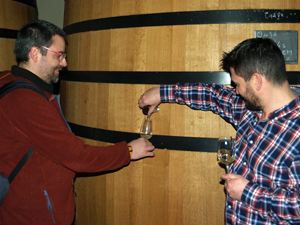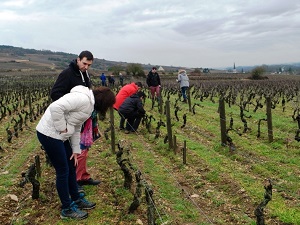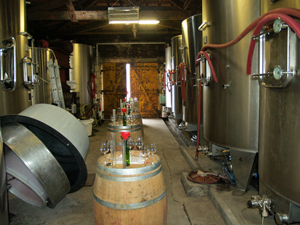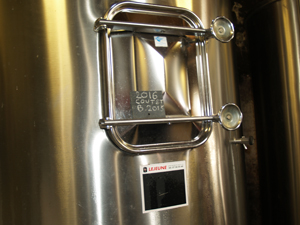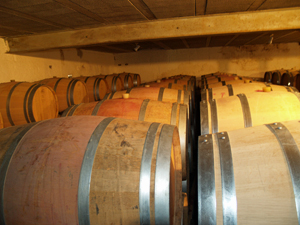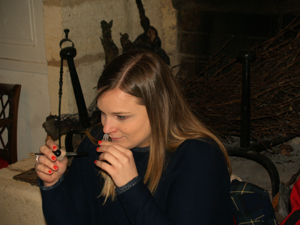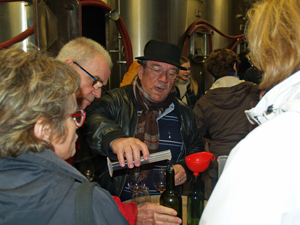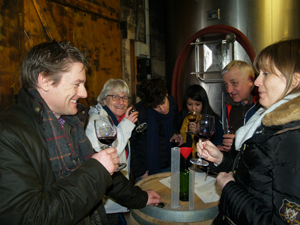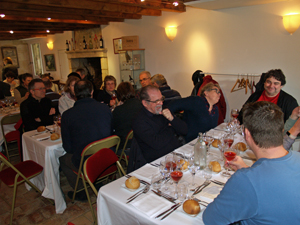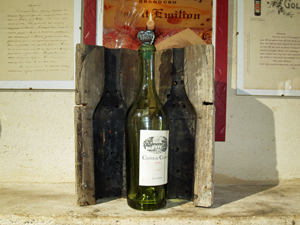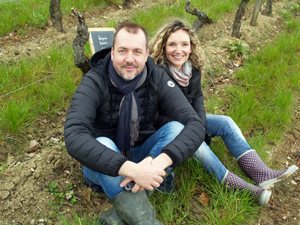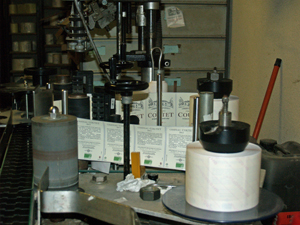Discover the organic wines from our partner wineries at one of the upcoming wine fairs in France and Belgium
- Categories :
- Wine
- Events
- Gourmet Odyssey
Here are all the dates for the rest of the year:
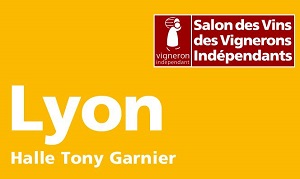
The Salon des Vignerons Indépendants wine fairs promote independent wineries that directly manage the whole process from working in the vineyard, through harvesting the grapes, working in the cellar, bottling the wines and selling their wines themselves. Domaine de la Guicharde, from the Côtes du Rhône region, will be on the stand B62.
Download your invitation here.
Salon Ô l’Amour - Mulhouse, DMC – 27- & 28 October 2018
This is a fair held in Alsace that is dedicated to weddings. You’ll perhaps find your happiness among the wines of Domaine Stentz-Buecher to accompany your wedding banquet.
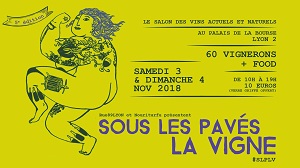
Salon Sous Les Paves La Vigne – Lyon, place de la Bourse – 3-4 November 2018
This natural wine fair in Lyon unites 60 winemakers from all over France and a few from countries further afield. Domaine de la Guicharde, from the Rhone Valley, will be among the wineries present.
Salon des vins et des produits de terroir – Annecy, Sévrier - 9-11 November 2018
Organised by the Annecy Lac Lions Club each year since 1998, this year’s wine fair includes 98 winemakers and gourmet artisan producers from France and abroad, who will present their best wines. Our Burgundy partner, Domaine Chapelle, will be there.
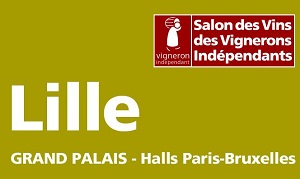
Salon des Vignerons Indépendants – Lille, Grand Palais – 16-19 November 2018
The Lille version of the Independent Winemakers Fair will welcome Domaine de la Guicharde on stand B71.
Download your invitation here.
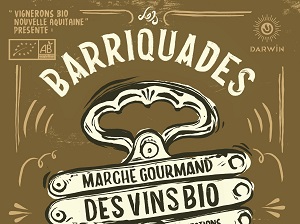
Salon des Barricades – Bordeaux, Espace Darwin – 17-18 November 2018
This organic wine fair presents sees 60 winemakers serve their wines with local gourmet produce. Château Coutet, our partner winemaker in Saint-Emilion, is among the participating wineries.
Private Tasting with Domaine Chapelle – Paris, Hôtel Napoléon – 21-23 November 2018
As usual at this time of year, Domaine Chapelle will present their organic Burgundy wines in the Hôtel Napoléon, just next to Paris’ Champs-Elysées. The Domaine Remorquiet and Domaine Coste Caumartin will also be present.
Entrance by invitation only. Contact us.
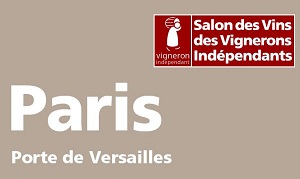
Salon des Vignerons Indépendants - Paris, Porte de Versailles – 29 November - December 2018
The Independent Winemakers Fair makes its stop in Paris at the end of November. Among the participating wineries, you’ll find our partners, Domaine Stentz-Buecher on stand M 4, and Château de la Bonnelière from the Loire Valley on stand F 14.
Download your invitation here.
Alsace Christmas Market - Paris - Parvis de la Gare de l’Est - 1-16 December 2018.
To get into the Alsace Christmas spirit without leaving Paris, just go the Gare de l’Est. Authentic Alsace winemakers and producers provide all of the Alsace Christmas gourmet food and wine treats that this great culinary region has to offer. Domaine Stentz-Buecher awaits your visit!
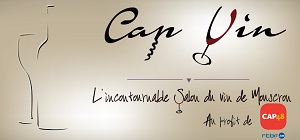
Salon Capvin – Belgium, Mouscron – 7-9 December
Domaine de la Guicharde, from the Cotes du Rhone region will present their biodynamic wine at the wine fair in Belgium that also helps to raise funds for Cap48.
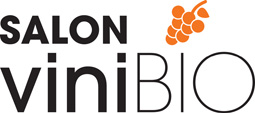
Salon Vinibio - Paris, Portes de Versailles – 14-16 December 2018
This excellent organic wine fair has partnered with the « Noël en bio » organic Christmas gift wine fair in Paris. Our Bordeaux partner winery from Saint-Emilion, Château Coutet, will present their wines, and Gourmet Odyssey will also have a stand to present our original Christmas gift ideas for wine lovers.
Download a free invitation here.
Gourmet Odyssey and our partner winemakers look forward to welcoming your to our stands!



